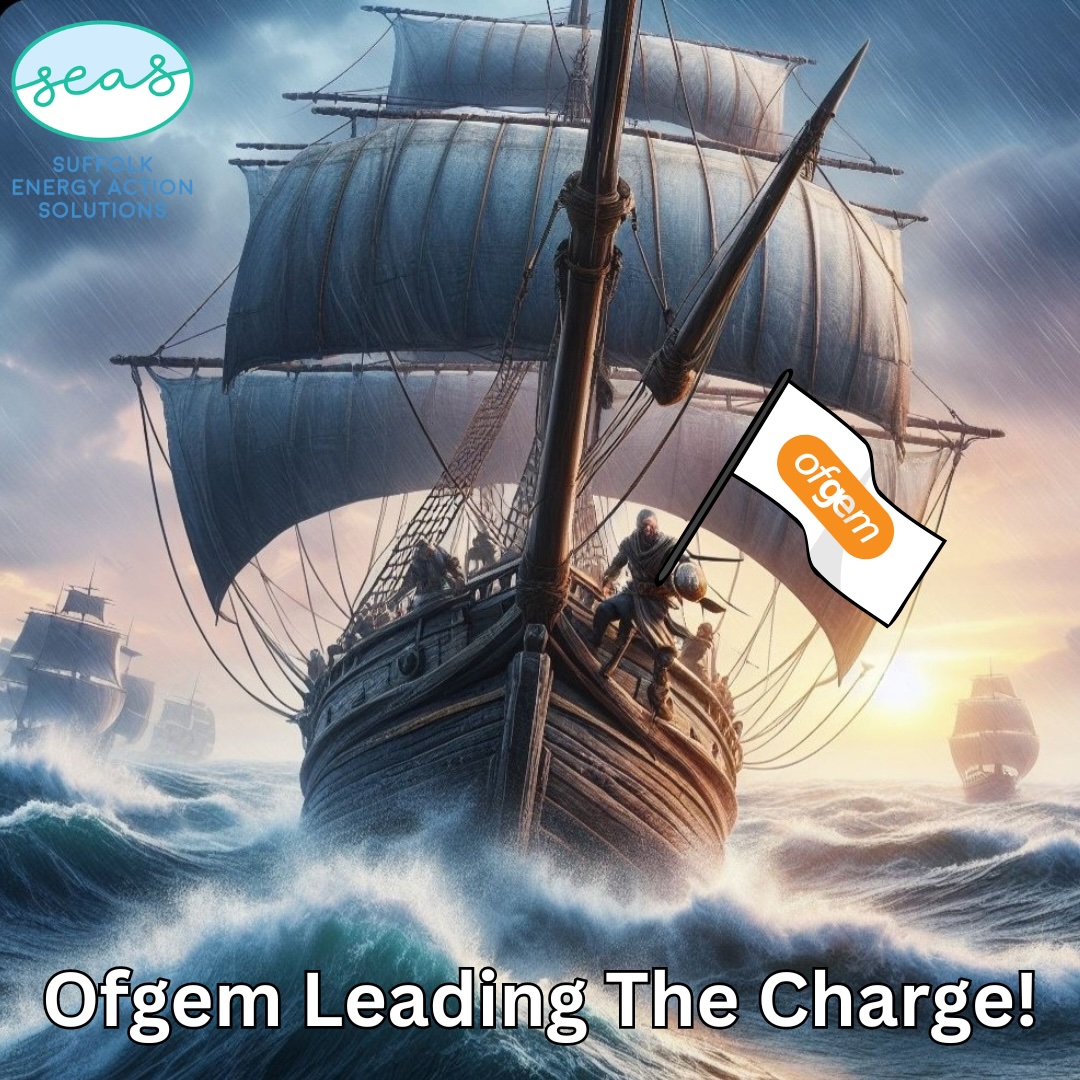Good news. On 1 March 2024, Ofgem published a very important report recommending a future transmission network design resembling a meshed offshore grid. It was called: “Initial Project Assessment (IPA) of the Offshore Hybrid Asset (OHA) Pilot Projects“
OHA’s are offshore platforms where wind farms and interconnectors can pool energy, as we have been pushing for in our offshore grid solutions.
It examined the benefits of OHAs and greater offshore coordination, looking at the needs case for consumers of pilot projects relating to the LionLink and Nautilus interconnectors.
The benefits were listed as:
- Lower prices for consumers
- Diversification of GB’s energy sources to balance supply and demand
- Ability to share excess capacity
- Enhanced grid resilience
The report welcomed the opportunity for greater offshore coordination along the lines of an offshore grid, stating on page 19:
“ It is expected that OHAs could play an important role in enabling the development of offshore renewables in the context of increasingly crowded seas and supply chain constraints, reducing the number of assets required to connect generation, and consequently reducing investment costs and adverse societal impacts…”
The report looked ahead to the future where UK wholesale prices will move from being one of the highest to one of the lowest in Europe, and where interconnectors will provide FLEXIBILITY to an increasingly renewables-dominated energy system.
It summed up one of the most significant benefits as a “SMALLER ONSHORE FOOTPRINT”. This is because “ the requirement to locate converter stations on land is halved compared to a separate radially connected wind farm and a point-to-point interconnecter” (p.21).
This is not new news to SEAS. We were told this good news in 2019 by Belgium’s ELIA, but it has finally been acknowledged by a British institution Ofgem, responsible in part for the energy grid economic model.
Why on earth has National Grid still got its head in the sand? Unlike Elia, whose largest shareholding is in public/municipal ownership, National Grid is driven by the profit demands of its shareholders.
The Government could take back control of the current mess when the new energy system operator NESO is launched in July 2024, and start to show some care for consumers, communities and the environment, and intelligent strategic thought about transmission network design, reviewing the benefits of scrapping current Friston plans and starting to work on the pilot tests which we proposed two years ago? The LionLink interconnector could be part of the first pilot, aggregating wind farm energy from ScottishPower EA1N and EA2 and taking it to Grain or another brownfield site closer to London.
The Treasury along with DESNZ, needs to come up with an accelerated financial investment scheme to assist the development of strategic network opportunities, such as our pilot tests and those Ofgem refers to in their report. Energy infrastructure innovators (including Elia in Belgium and Tennet in the Netherlands and others) are working fast to deliver the products to enable this transition. Instead of Friston being the last bad decision of a lacklustre 10 years for National Grid’s strategic planning, let a LionLink pilot project be the start of a glorious new beginning, the start of the meshed offshore grid.

